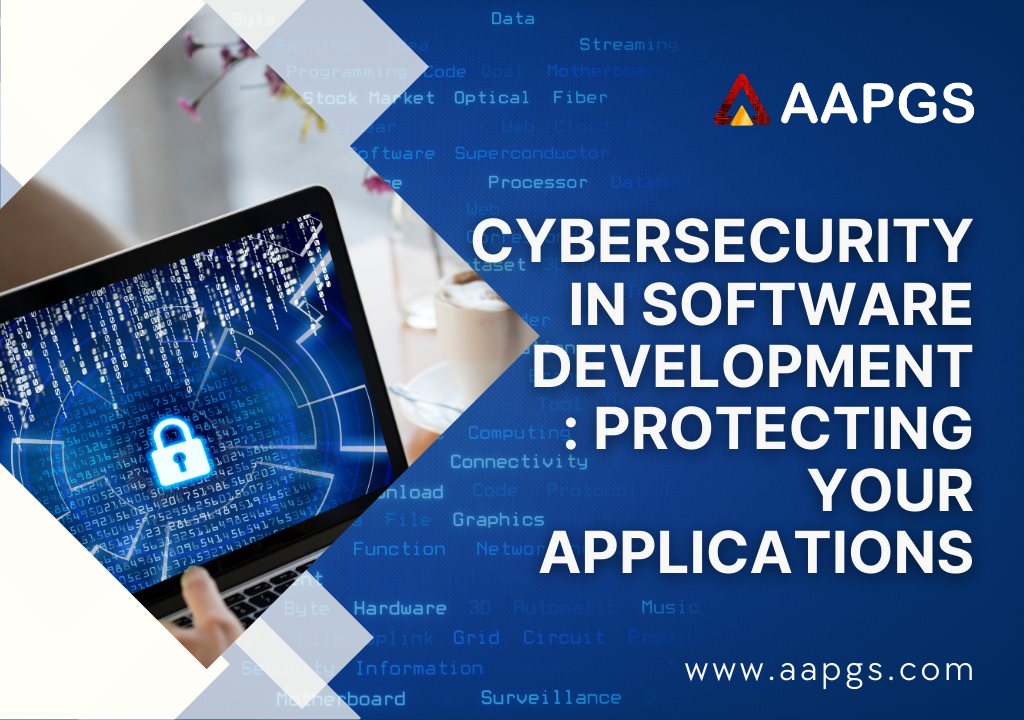As the world of the digital age keeps transforming, cybersecurity is now a primary concern for software developers. With growing sophistication in cyber-attacks and the increasing need for data privacy, software security needs to be baked right into the development process from scratch.
Building Strong Foundations
Secure coding practices are the foundation of any robust cybersecurity plan. By integrating security best practices right at the beginning of the development cycle, developers can minimize the number of vulnerabilities in their applications to a great extent.
- Input Validation: Validate all user inputs to ensure that malicious data does not enter the system. This reduces injection attacks such as SQL injection and cross-site scripting.
- Error Handling: Good error handling avoids exposing sensitive system information in error messages, which can otherwise be used by attackers to break into your system.
- Authentication and Authorization: Implementing strong authentication mechanisms, such as multi-factor authentication, ensures that only authorized users have access to the system.
- Avoiding Hard-Coding Sensitive Data: Never hard-code passwords, API keys, or other sensitive data within the codebase. Instead, store this information in environment variables or external secure storage.
Tools for Application Security
To support cybersecurity measures, application developers have access to a variety of application security tools that automate much of the process, enabling the detection of vulnerabilities earlier.
- Static Application Security Testing: SAST tools scan source code for weaknesses without running the program. They are crucial for detecting vulnerabilities such as weak cryptography, buffer overflows, and insecure libraries before the code is executed.
- Dynamic Application Security Testing: DAST tools inspect operational applications to identify runtime vulnerabilities, including authentication, cross-site scripting, and SQL injections.
- Interactive Application Security Testing: IAST tools merge static and dynamic testing, giving immediate feedback and analysis as the application executes.
- Security Information and Event Management: SIEM products offer real-time monitoring of systems and applications for malicious behavior, providing alerts and reports to enable developers to act immediately against possible breaches.
Cloud Application Security:
As companies keep moving to cloud environments, cloud application security has become an integral part of the overall cybersecurity. Although cloud platforms offer numerous advantages in scalability and flexibility, they also pose new challenges in protecting applications.
- Identity and Access Management: IAM solutions manage access to cloud resources by implementing role-based access and limiting access to sensitive information to authorized staff only.
- Data Encryption: Encrypting sensitive data in transit and at rest is critical to maintaining user privacy and avoiding data breaches, even in the case of system compromise.
- Cloud Security Posture Management: CSPM tools assist in monitoring the configuration of cloud resources so as to ensure that they align with security best practices and do not inject vulnerabilities into the application.
- Multi-cloud Security: Since several organizations employ multiple cloud platforms, protection of applications across various environments mandates an integrated security strategy to handle varied security issues on each platform.
The Secure Software Development Lifecycle
A holistic solution to application security is to integrate security practices into each phase of the development life cycle. Secure Software Development Lifecycle will make security not a second thought, but a part of the development life cycle.
- Security Requirements: Establish security requirements in the early phases of the project life cycle, define probable threats, and develop mitigation techniques.
- Design: Secure design should address potential vulnerabilities and define the usage of secure coding practices and security controls.
- Development: Incorporate security best practices like input validation, encryption, and robust authentication mechanisms while coding.
- Testing: Perform automated security testing using tools to execute static and dynamic tests to determine vulnerabilities and resolve them prior to deployment.
- Deployment: Make sure the application is properly secured at deployment, employing mechanisms like server hardening and safe patching.
- Monitoring: Continuously scan applications after deployment for security events and remediate new vulnerabilities when they become available.
AI in Cybersecurity for Developers
Artificial Intelligence (AI) is transforming cybersecurity for software developers by detecting threats and responding automatically. AI-based solutions can quickly scan enormous amounts of data in real-time to detect anomalies and potential threats, enabling developers to anticipate increasingly complex cyber-attacks.
- Automated Threat Detection: AI programs can detect patterns of suspicious behavior and initiate alerts, enabling developers to respond to potential threats quicker.
- Predictive Analytics: AI technologies can forecast and thwart future attacks by examining past data and detecting emerging threats.
- AI-Powered Vulnerability Scanning: AI is better at scanning code for vulnerabilities than conventional techniques, freeing up developers' time.
Empowering Secure Software Development
For easy security, there are secure software frameworks that can be used. They are already configured with best practices for security, so the developer does not have to innovate to achieve that. With use of security-conceived frameworks, developers can devote more time developing creative features as well as developing secure code.
Conclusion:
FAQ
- What is application security in cyber security?
Application security in cybersecurity focuses on safeguarding software applications from various threats throughout their lifecycle, from design to deployment.
- Who earns more, software engineer or cyber security?
Generally, cybersecurity professionals tend to earn more than software engineers, especially in specialized roles like ethical hacking or security consulting.
- What is the role of cyber security in software development?
Incorporating cyber security into the software development process helps identify and address potential vulnerabilities early on, reducing the risk of successful attacks.
- What are you protecting in cyber security?
In general, cybersecurity focuses on protecting an organization's systems and networks against cyber threats, such as ransomware, phishing, etc.
- What are the types of cyber security?
Cybersecurity encompasses various specialized areas that protect systems and data from cyber threats. Key types include Network Security, Application Security, Information Security, Cloud Security, Endpoint Security, and Internet of Things Security.
